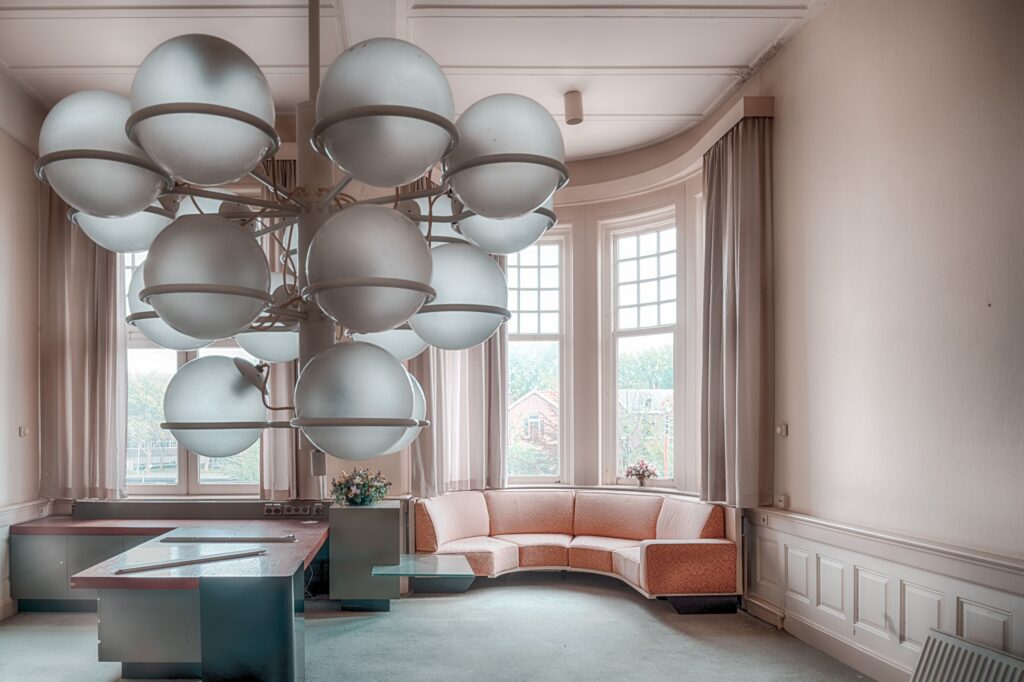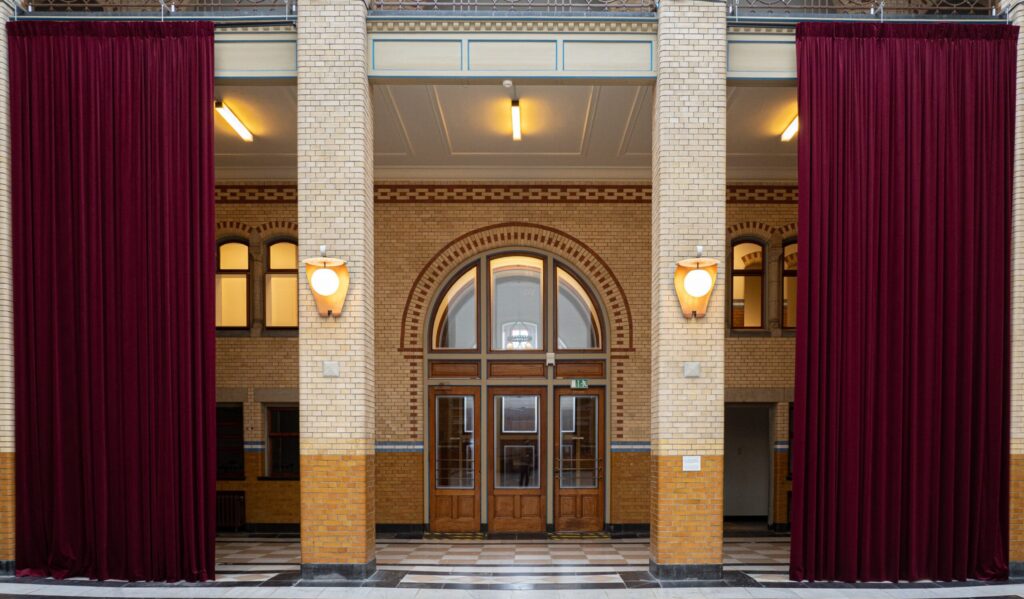
Projects > Redevelopment > Het Groote Kantoor
Project Redevelopment
Het Groote Kantoor
Status: Preparation phase / Under Construction
Projectduration: ongoing since 2022
Project management
– Design team
– Technical solutions
Cost estimates
Investment models
Sustainability
Permits
Subsidies and funding
Social value
Finance
Construction supervision
Vision for exploitation
Contracting Tenants
Since February 2021, Het Groote Kantoor is owned by BOEi, after winning the tender procedure from DSM. Het Groote Kantoor was built in 1907 as an office for the Royal Dutch Yeast and Spirits Factory. The impressive office building also provided space for the management of the Dutch Oil Factories (Calvé) and a small space for the glue factory. The designers K. Muller and B. Schelling took this into account in the design: the left wing was for the Yeast factory (their factory was to the left of the building), the right wing for Calvé (their site was to the right of the building). As a building style they chose the Um-1800 style which uses traditional elements such as natural stone, oriel windows and ornaments in combination with modern construction methods. They topped it off with a distinctive central dome with colored glass in steel trusses in the heart of the building. Van Marken unfortunately died just before the opening of the Groote Kantoor. His wife opened the office as a tribute to her husband’s work.
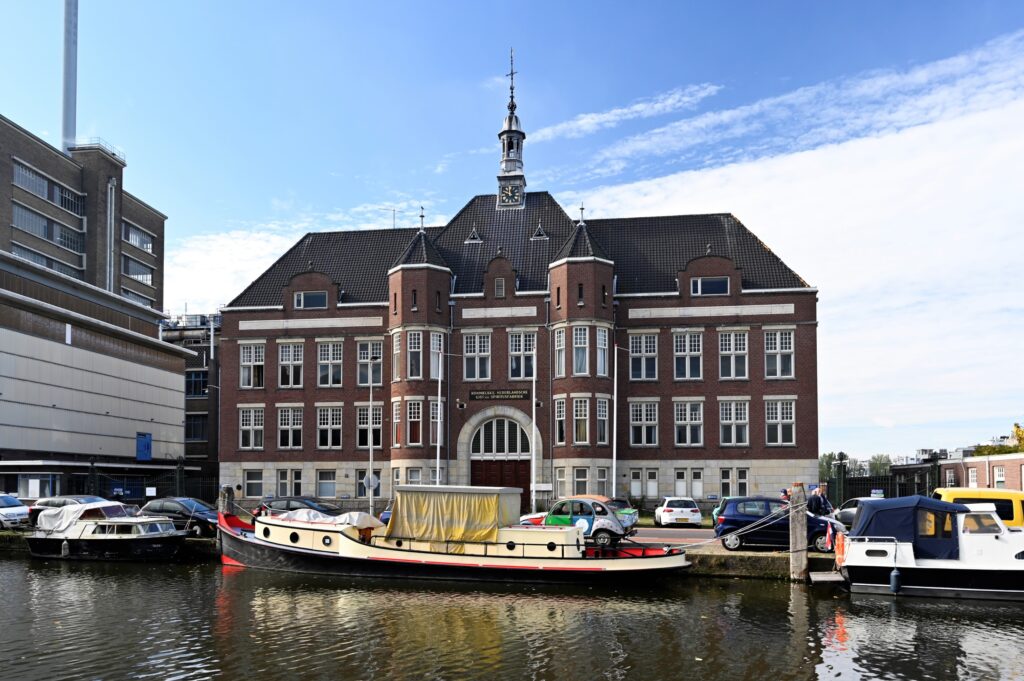
Apart from the beautiful façade and glass roof, the history of this building and the site of the yeast factory is quite unique as well. Social entrepreneur and technologist Jacques van Marken (1845-1906) had visionary ideas which later on inspired policy makers to establish a care system for the Dutch residents: He created facilities for his workers that would not become commonplace until seventy years later, including pension plans, health insurance and a works council. His whole life he worked on his mantra of ‘being useful to society‘.
This building has the potential to become the living heart of a new neighborhood in the coming years. It will be restored and repurposed into a high-quality office building with reception areas. The entire restoration and repurposing process is expected to take around seven years. The transformation will be carried out in phases. We inform the public of the progress of the restoration at regular intervals by giving presentations, a yearly information market stall at the Van Marken day and by updating the public through regular newsletters. During restoration, the building can’t be opened for public due to safety reasons. The first tenants are expected to be able to move into the characteristic building in 2027. The building is among others intended for companies with a link to the legacy of Jacques van Marken. BOEi therewith provides a National monument that will become useful to society once again, as it was intended for.
Timeframe
Activities
- 2022-2023
This year we mainly focused on preparations for the restoration phase, doing research, drafting designs, applying for permits and applying for funds.
More specifically, we for instance did extensive research into the technical restoration of the monumental glass roof. This research was executed in close cooperation with the Cultural Heritage Agency of the Netherlands and the heritage department of the municipality of Delft. Eventually we learned that even though it is impossible to keep the current glass panels, there is an alternative possible in glass to keep the appearance but to improve the safety of the glassroof.
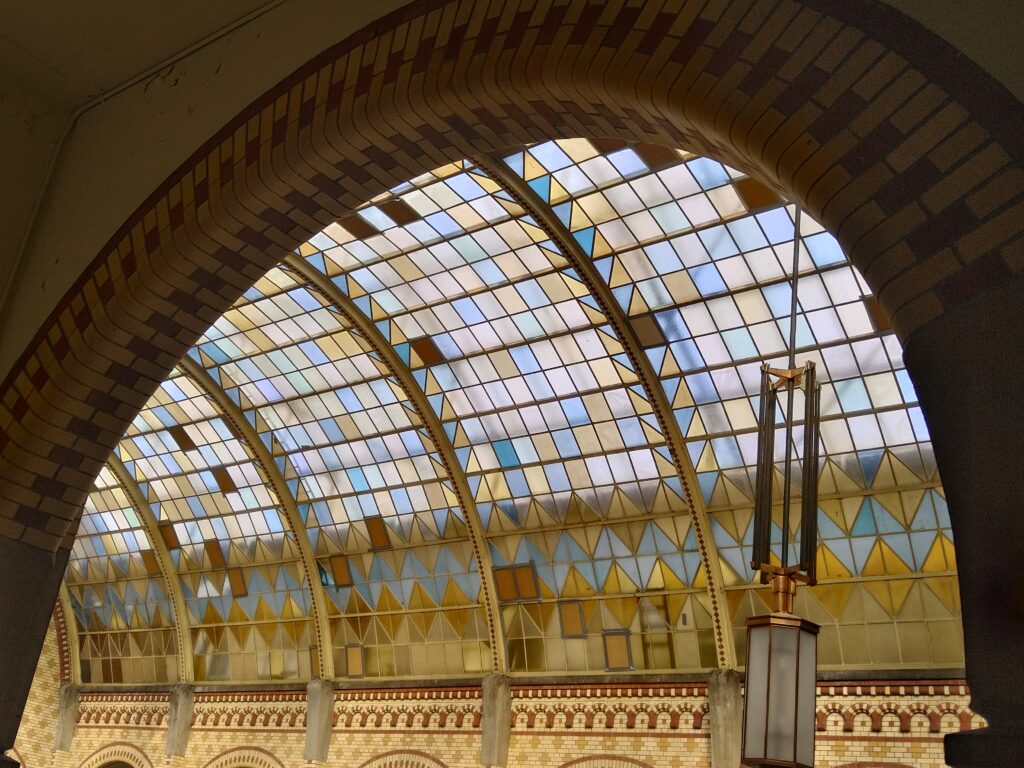
- 2023-2024
In october 2023, we started restoring the façade and roof of the front of the building in collaboration with Burgy (restoration contractor). July 2024, this first restoration phase was finished.
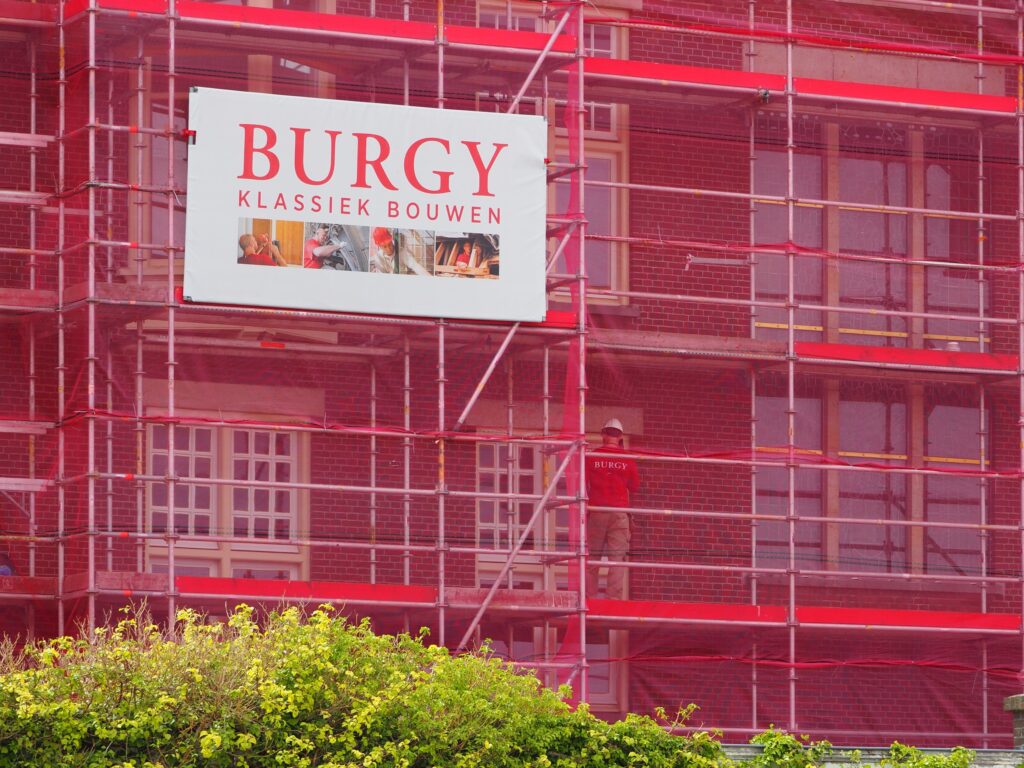
The restoration included the brick, rubble, sandstone, frames, windows and glass and main door of the façade, next to the tiles, insulation, lightning rod, roof structures and tower on the roof. Unfortunately we needed to remediate asbestos several times during the restoration as well. All monumental elements (interior and exterior) have been protected during the restoration. We were applying for funds for the monumental fences, which took a bit longer. They are being restored at the moment.
- 2024
During the restoration of the frontside of the building, we have worked on the definitive design drawings and technical challenges to be able to apply for the last permit. A private electricity connection is one of the major challenges in this project, but it seems to work out in the coming year.
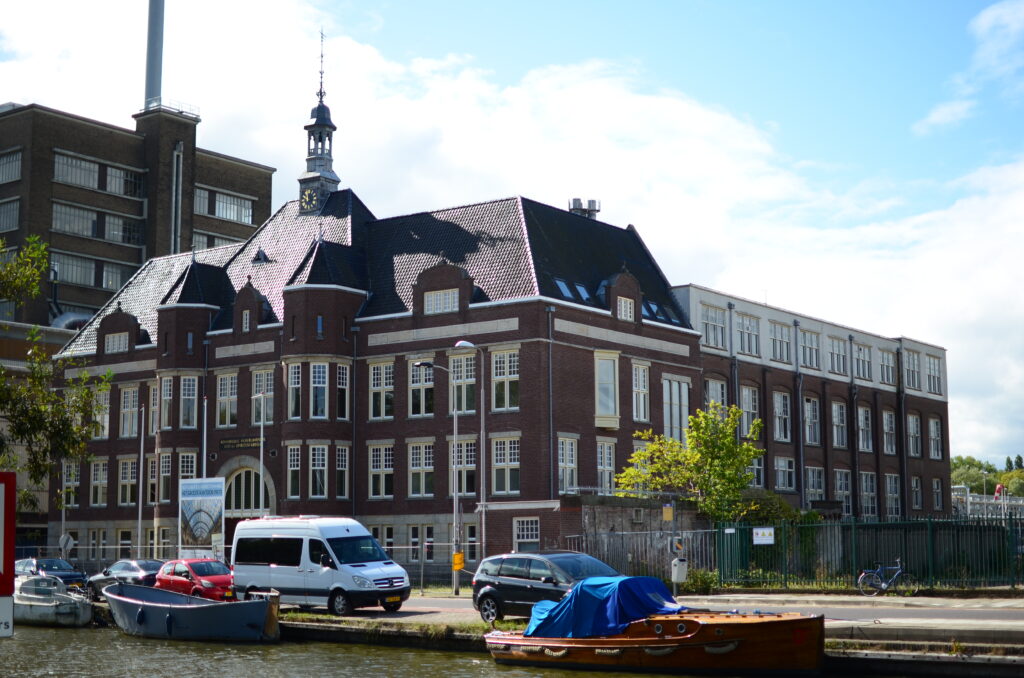
- 2025
From January til March, the asbestos has been removed from the backside of the building. In May, the restauration of the backside of the building started, including the flat roof, facade and its natural stone elements, window frames, new monumental double glazing and new sunshades. It will take until the beginning of 2026 to finish this restauration phase.
In september 2025, the restored monumental fences come back to the site.
At the end of the year, the office will be connected to its own power supply.
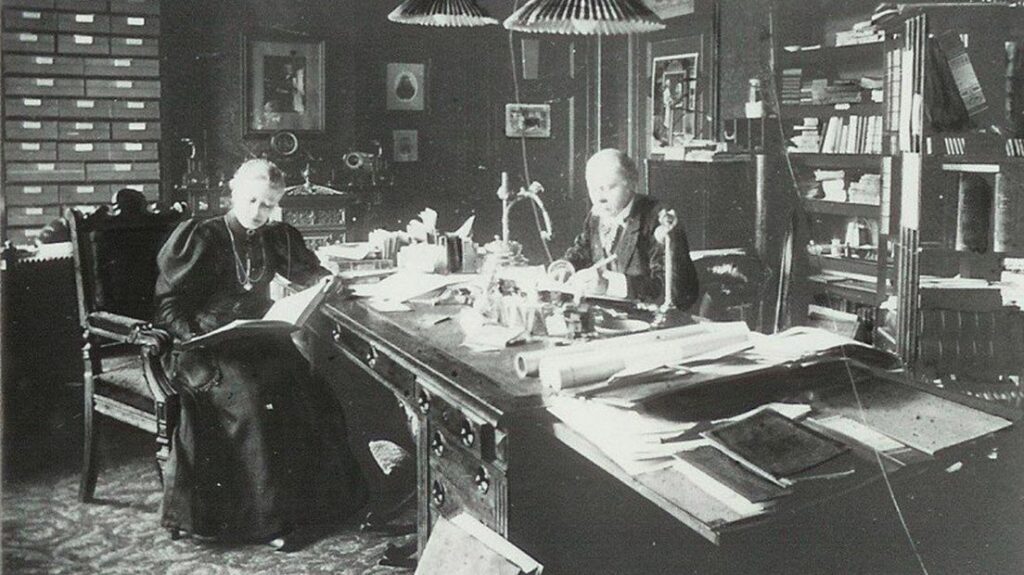
Agneta & Jacques van Marken
Learn more about this social entrepreneur avant lettre!
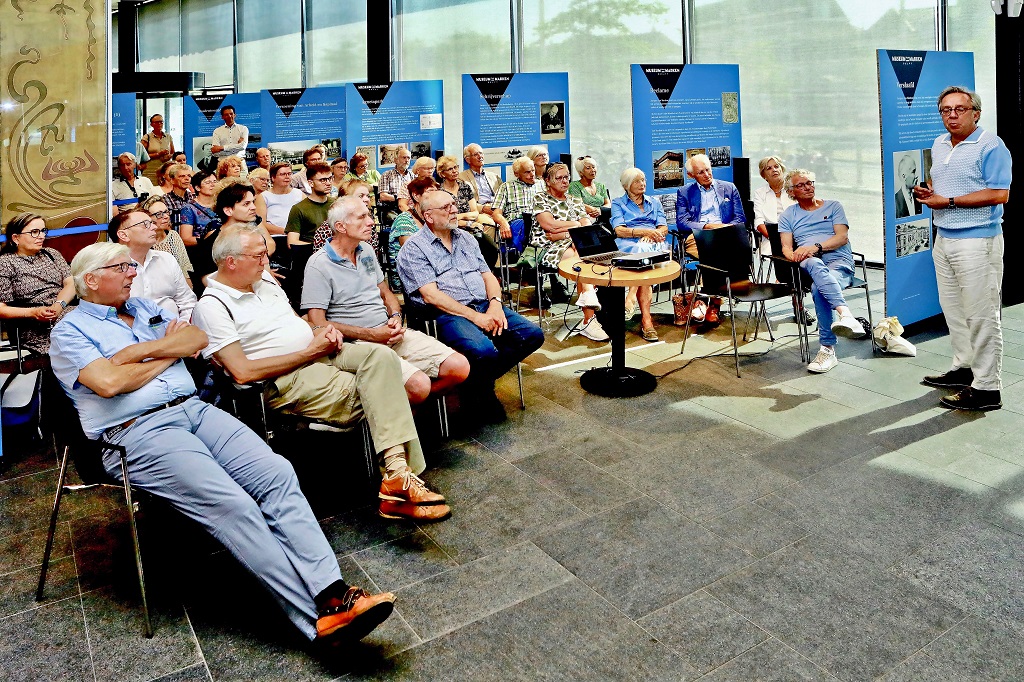
PROJECT SPECIALTY
Social Heritage
As a technology student at the Polytechnical School in Delft, Van Marken decided to make himself useful to society. In 1869 – 24 years old – he founded the Nederlandse Gist & Spiritusfabriek NV (later Gist-Brocades), which had since become part of dsm-firmenich. Van Marken introduced the concept of ‘Pay for Work’, The Factory for All and All for the Factory and was known for his passionate plea for becoming a ‘Social Engineer’. At the World Exhibition in St. Louis, the couple received the Grand Prix for their social work.
In 1884 Jacques and Agneta started building the Agnetapark. The aim of the project was: ‘The construction and rental of healthy homes, boarding houses, workshops, shops, washing and bathing facilities’. It can be seen as the first garden village in the Netherlands. The park was designed by the famous landscape architect Louis Paul Zocher.
An extensive historical description of the life of Jacques van Marken can be found in the biography written by Jan van der Mast. A shorter version is the book ‘Ieder uur een woord, een daad’.
